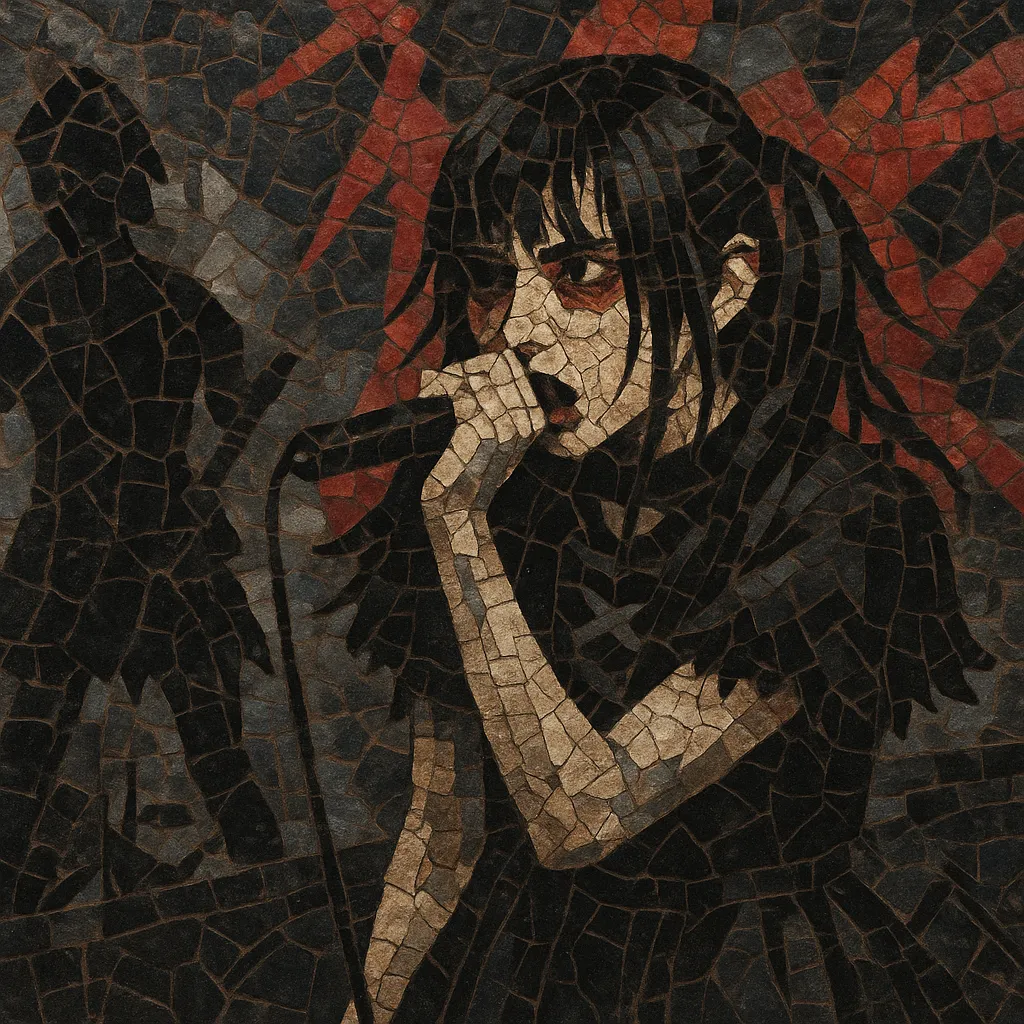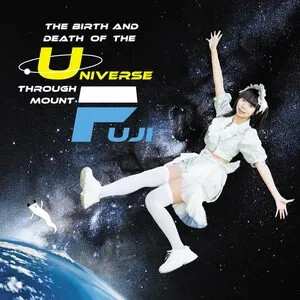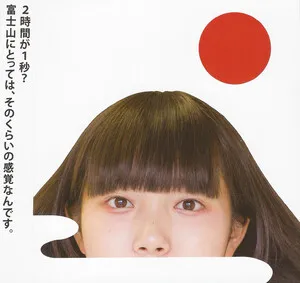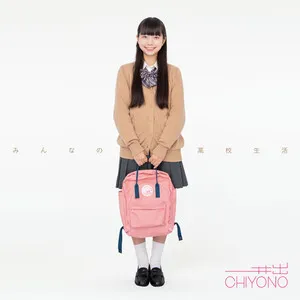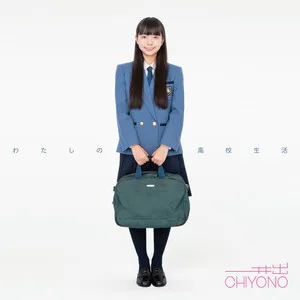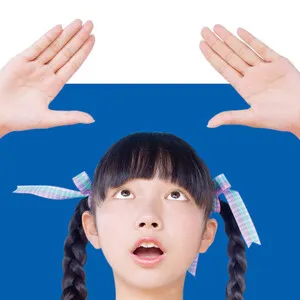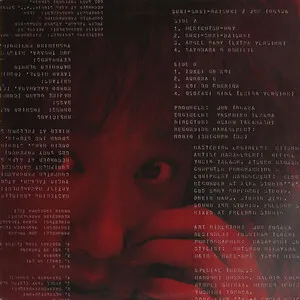Alternative idol (often shortened to alt-idol) is a Japanese offshoot of the idol scene that fuses conventional pop-idol vocal formats and choreography with underground and left-field music aesthetics.
Instead of polished, uniformly cheerful arrangements, alternative idol projects lean into punk, post-punk, noise, metal, industrial, and experimental electronics, often embracing darker themes, abrasive timbres, and performance-art sensibilities. The result preserves the immediacy, hooks, and audience participation of idols while introducing unpredictable song structures, heavier guitars, club-ready drops, screams or harsh vocals, and conceptual imagery.
Visually and lyrically, alt‑idol cultivates a self-aware, sometimes subversive response to mainstream idol culture—playing with vulnerability, catharsis, and satire—yet still prioritizing big choruses, chantable hooks, and high-energy live shows.
The alternative idol current arose in Japan as a reaction to—and evolution of—the polished J‑pop idol system. Early seeds were sown by indie and underground artists who admired idol hooks but preferred punk, noise, and experimental aesthetics. Around 2010–2012, groups like BiS (Brand‑new idol Society) openly challenged idol norms with confrontational imagery, chaotic live shows, and collaborations that crossed into punk, metal, and avant‑pop.
Following BiS’s shockwave, a wave of acts broadened the palette: BiSH and GANG PARADE (from the same WACK ecosystem) pushed anthemic pop‑rock and punk energy; NECRONOMIDOL explored darkwave, black‑metal textures, and occult themes; PassCode fused metalcore breakdowns and EDM drops with idol vocals; Maison book girl brought math‑pop, chamber‑pop, and minimalism into the fold; Bellring Girls Heart mixed indie‑rock haziness and noise‑pop; You’ll Melt More! (Yurumerumo!) leaned into art‑pop and experimental electronics; and MIGMA SHELTER pioneered psytrance‑meets‑idol performances. This period established alt‑idol as a broad, porous set of practices rather than a single sound.
By the late 2010s, alt‑idol’s influence could be felt in both mainstream idol production and adjacent scenes (kawaii metal, hardcore‑leaning pop, underground electronic hybrids). International tours, boutique festivals, and online discovery (doujin/circle culture, niche labels, and live footage) helped the scene travel beyond Japan. In the 2020s, many groups disbanded or reconfigured—as is common in idol culture—yet the template endures: high‑impact hooks, genre collisions, theatrical concepts, and participatory, cathartic live experiences.
Blend idol-pop DNA (memorable toplines, group harmonies, crowd-call moments) with underground sonics (punk grit, metal weight, industrial textures, experimental electronics). Keep the hook factor strong even when the arrangements get abrasive or complex.

